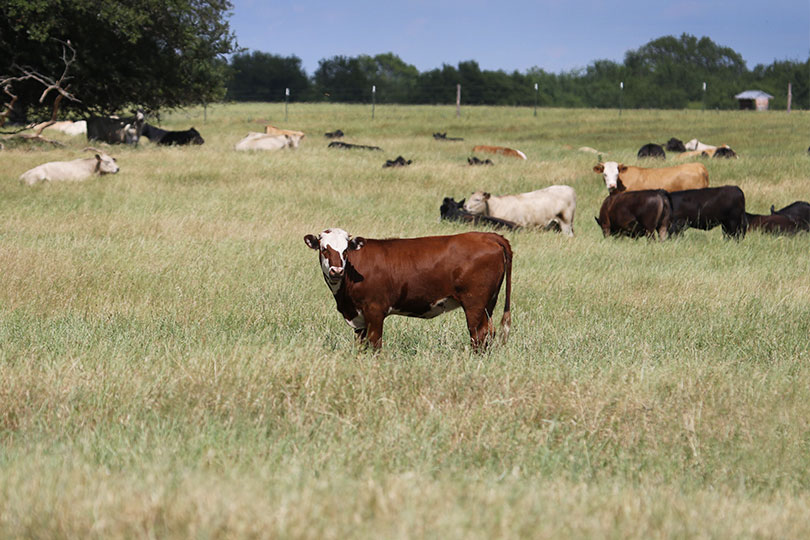By Shelby Shank
Field Editor
New guidance from the U.S. Food and Drug Administration’s (FDA) Center for Veterinary Medicine redefines beef cattle production phases, which affects the label and usage of implants.
The changes went into effect in June.
Only implants that are expressly labeled for reimplantation will be allowed for use in cattle more than once per production phase, according to the new guidance.
Cattle will still be allowed to be implanted across different production phases and are allowed to receive more than one implant within that production phase, as long as it is labeled for that use.
“These production phases are important because the new guidance will allow beef cattle to receive one implant for each production phase,” Dr. Gerald Stokka, NDSU Extension veterinarian and livestock stewardship specialist, said. “Additionally, beef cattle will be allowed to receive more than one implant within a production phase, but only if that implant has a claim for reimplantation on the label.”
The production phases are:
- calves nursing their dams less than two months of age;
- calves nursing their dams two months of age or older;
- growing beef steers/heifers on pasture (stockers); growing beef steers/heifers in a dry lot (backgrounders);
- growing beef steers/heifers fed in confinement for harvest (feedlot cattle);
- and growing beef steers/heifers in a grow yard.
The backgrounding phase is a new production phase. It consists of weaned, growing beef steers and beef and dairy heifers that are maintained in a dry lot, receiving the majority of their diet from harvested forage, possibly with a supplement. There are no current implants approved for this new production phase.
The final two phases of conventional production consist of growing beef steers and heifers confined in group pens or a grow yard and always fed a moderate- to high-roughage diet available as their sole ration. This segment is routinely considered the beef feeding or finishing phase. Cattle feeders and their veterinarians have historically utilized multiple implant strategies to improve efficiencies and maximize beef production. Those beef steers and heifers will only be allowed one implant during the finishing period unless the implant used is approved for multiple administrations or reimplant.
Currently, there are implants approved for reimplant use within a production phase. However, most implants do not have any language on the label addressing reimplantation.
“Moving forward, some producers who use implants will need to make some changes to their implant programs,” Bill Halfman, University of Wisconsin Extension Beef Outreach, said. “It is important to remember that having a functioning implant in the animal during the last days on feed is the one that will have the greatest return on investment. So, producers will need to take into consideration the approximate sale date of the cattle and the duration of the implant they intend to use to identify the best time to administer them.”
Regulations regarding the remaining over-the-counter livestock antibiotics were also implemented in June.
Those antibiotics now require a prescription from a veterinarian licensed in the state where the animals are housed.
For more information, check the labels of the products or contact your county Extension agent, beef and livestock specialist, veterinarian or implant manufacturer representative.

